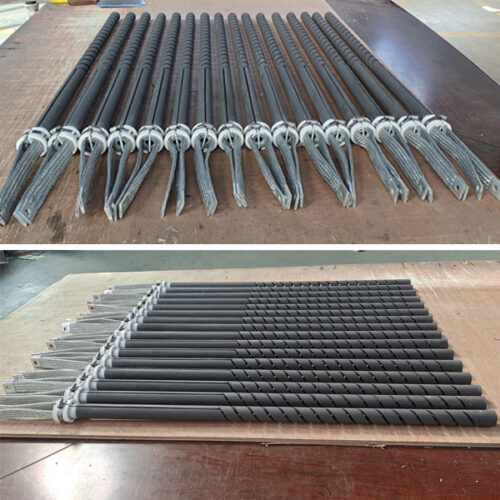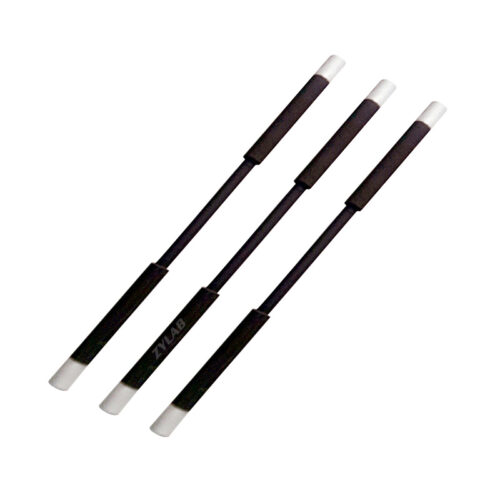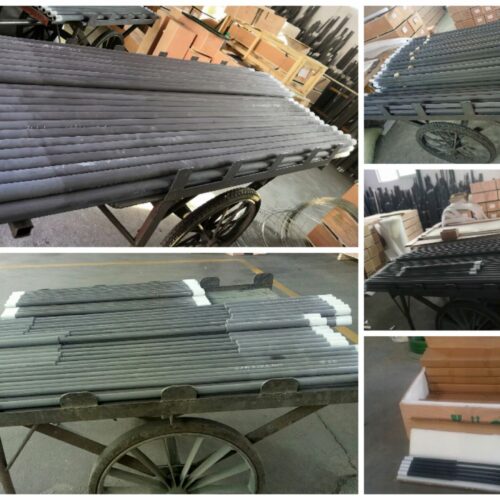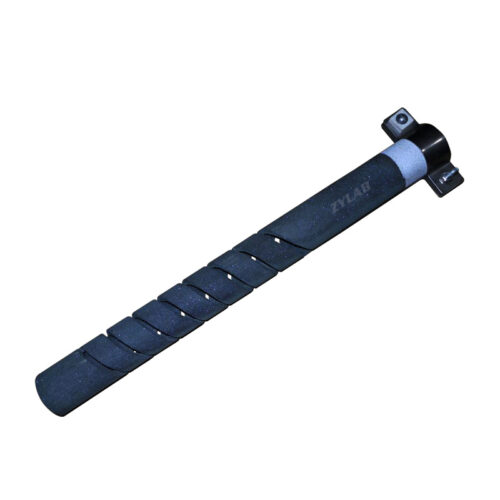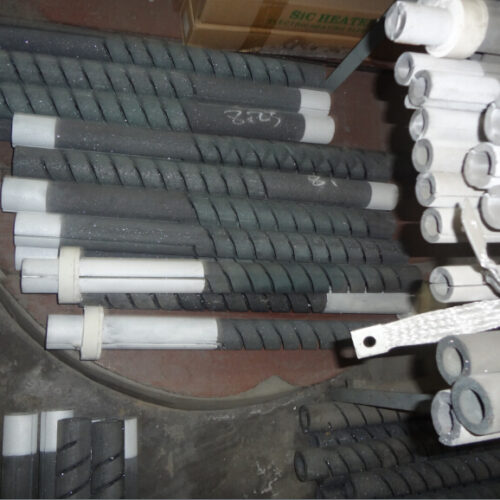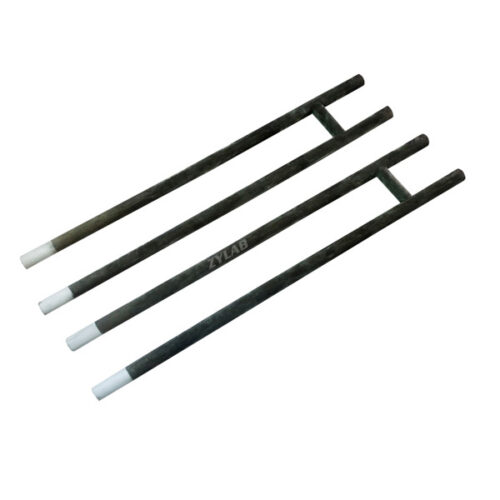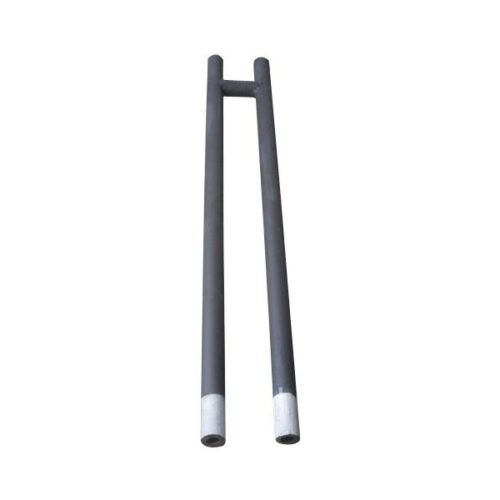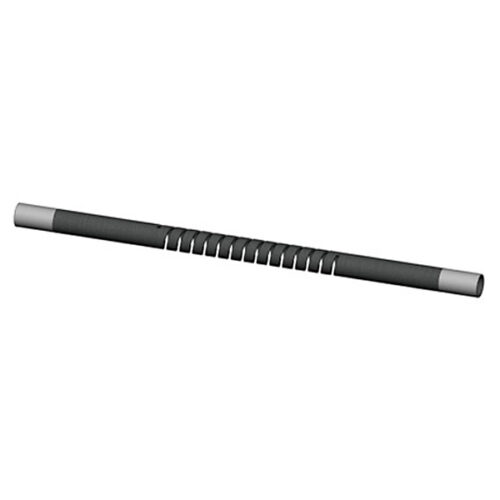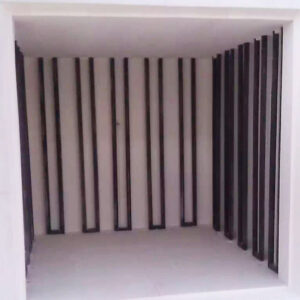Silicon Carbide Heating Elements
Introduction
Silicon carbide (SiC) heating elements are commonly used rod-shaped heating components in high-temperature furnaces and kilns. They are also referred to as silicon carbide heating rods or silicon carbide heaters.
ZYLAB’s silicon carbide rods are manufactured using an innovative cold-end production process, with green silicon carbide as the main raw material. These rods are then recrystallized at 2200°C, resulting in a product with outstanding high-temperature stability, oxidation resistance, and durability.
These heating elements can operate at temperatures up to 1450°C in an oxidizing atmosphere, with a continuous service life of up to 2000 hours. Additionally, they are suitable for use in various environments, including nitrogen, hydrogen, inert gases, and vacuum. As a result, they are widely applied in industries such as ceramics, magnetic materials, glass manufacturing, metallurgy, powder materials, rare earth chemicals, electronics, and research institutions.
We also supply another high-temperature heating element commonly used in furnaces, the MoSi2 heating element.
Features
1、Made from high-precision silicon carbide, it is a high-temperature, oxidation-resistant, and low-aging resistive heating element.
2、Provides uniform red heat, ensuring furnace temperature stability, low energy consumption, high efficiency, and environmental protection.
3、Resistor measurement at 1050°C during the final shaping process ensures consistent resistance and rapid heating.
4、Sintered through a 2200°C high-temperature vacuum furnace process, the hot and cold ends are bonded together, enhancing the toughness of the silicon carbide rod and extending its service life, making it less prone to arcing under high current impact.
The commonly used types of Silicon Carbide Heating Elements
ED Type Silicon Carbide Heating Rod
U Type Silicon Carbide Heating Element
W Type Silicon Carbide Heating Element
Gun Type Silicon Carbide Heating Rod
L Type Silicon Carbide Heating Rod
When ordering through ZYLAB, please specify your exact requirements and, if possible, attach drawings. We offer free quotes for all silicon carbide rod products!
Accessories
Accessories
Accessories
Accessories
Accessories
Accessories
Accessories
Accessories

